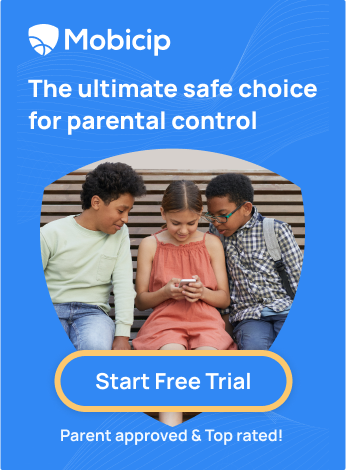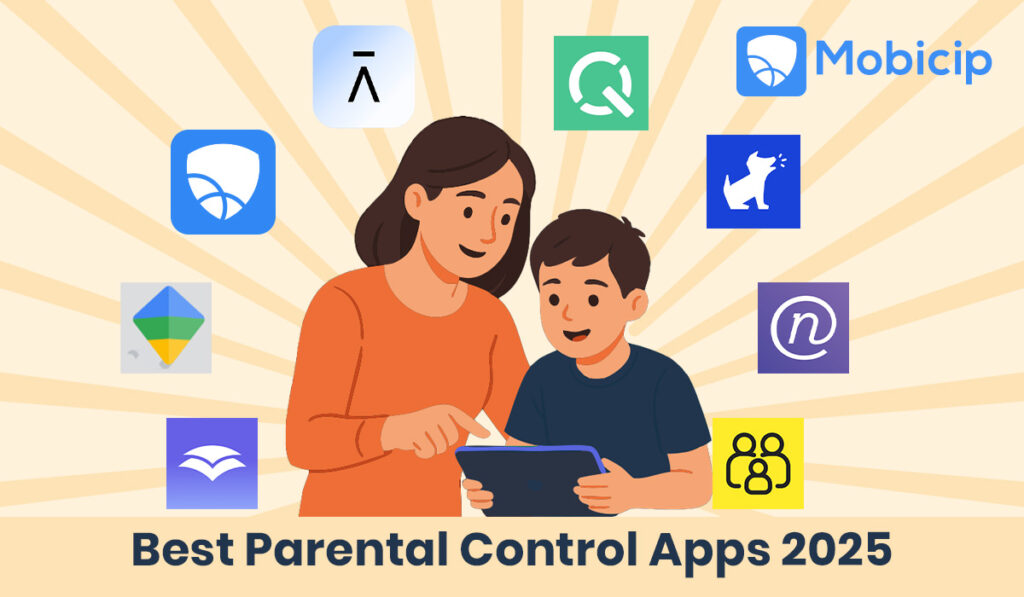Alternatives to Omegle for Kids: What Parents Should Know
This article explains the most common alternatives to Omegle for kids. It also discusses the safety associated with these chat platforms.
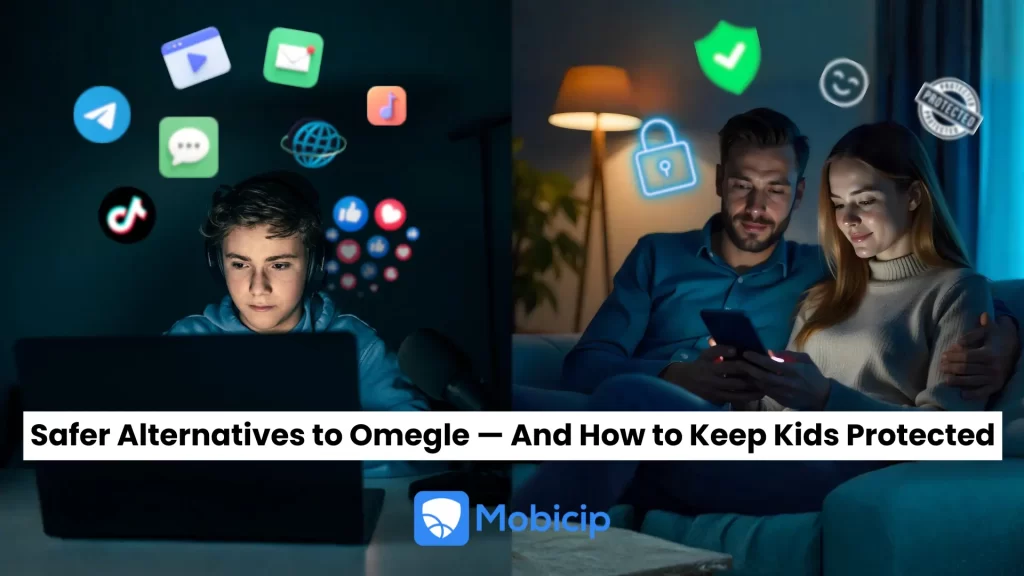
Omegle was once a popular website that connected users through anonymous video and text chats with strangers. Teens gravitated toward it because it felt exciting, low-pressure, and anonymous. However, after years of growing concerns around safety, the site shut down in 2023.
Its disappearance didn’t remove the demand. Instead, a new wave of similar platforms emerged, many with minimal moderation, anonymous chat features, and the same risks that made Omegle dangerous for young users.
For parents, understanding these platforms is essential for keeping kids safe online.
Try Mobicip Now.
Why Kids Are Drawn to Omegle-Like Platforms
Kids and teens are curious by nature. Platforms that promise instant connections with new people feel exciting and different from typical social media apps. Here’s why these apps appeal so strongly:
A Way to Meet New People or Escape Boredom
Many kids see anonymous chat sites as a fun way to pass time or meet people outside their usual circles.
Influence From Friends and Social Media
TikTok, YouTube, and Snapchat often feature reaction videos or challenges involving these apps, making them seem trendy or harmless.
Anonymity That Feels Safe, Even When It Isn’t
The idea of talking to strangers without using a real name can feel liberating. Kids often assume anonymity protects them, even though it reduces accountability and increases risk.
Lack of Supervision
Because these platforms require no profiles or accounts, they’re harder for parents to track or monitor. Kids sometimes use this privacy to explore risky spaces.
Common Omegle-like Platforms
Several emerging apps and websites now offer the same random chat experience that made Omegle popular. Many look harmless, but most come with little moderation or safeguards.
Chatroulette
A long-running random video chat website known for frequent explicit content. Users can skip between webcams instantly, with little filtering or identity verification.
Monkey
A fast-paced video chat app where users swipe through short calls with strangers. Popular with teens, but anonymity and live video make it easy for inappropriate content or adults posing as teens to appear.
Bazoocam, EmeraldChat, and TinyChat
These platforms allow text, video, or group chat with strangers. They typically have limited age checks and inconsistent moderation.
Discord and Telegram Groups
While legitimate platforms, kids may join public or invite-only groups where strangers interact freely. Some groups share explicit content or encourage anonymous chats.
Risks Associated With These Platforms
Anonymous and unmoderated chat apps expose kids to real dangers, often within seconds.
Exposure to Inappropriate Content
Kids may see nudity, sexual behavior, violence, or disturbing images without warning.
Predation and Grooming
Predators often frequent anonymous platforms because they can easily hide their identity and target young users.
Sharing of Personal Information
Children may accidentally reveal details like their school, neighborhood, social profiles, or family routines.
Cyberbullying and Harassment
Strangers may insult, pressure, or threaten kids, leading to emotional distress.
Emotional and Mental Health Effects
Unexpected adult behavior, mean comments, or unsettling conversations can cause anxiety, shame, or confusion.
Screen Recording and Digital Footprints
Anything a child says or shows can be recorded, saved, and shared without their knowledge.
How Mobicip Helps Protect Kids
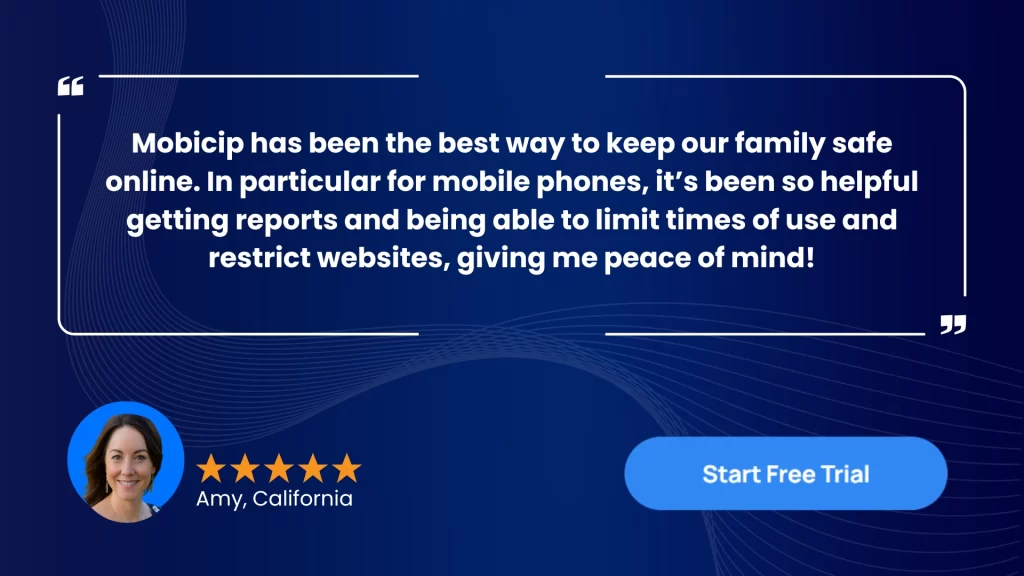
Mobicip provides multiple layers of protection to help parents safeguard kids from risky chat platforms. Here’s how:
Exposure to inappropriate content: Real-time web filters block adult, violent, or unsafe sites and videos across all browsers and apps.
Predation and grooming: App blocking and safe browsing prevent access to anonymous chat platforms where predators often appear.
Privacy breaches: Alerts notify parents when kids attempt to access high-risk apps or websites that ask for personal or camera data.
Cyberbullying: Activity reports help parents identify changes in social app behavior or potential red flags.
Late-night chatting and screen overuse: Time limits and custom schedules automatically lock devices during sleep or homework hours.
VPN or proxy use: VPN detection and blocking prevents kids from bypassing parental controls.
Hidden or duplicate chat apps: Mobicip’s app inventory displays every installed app, including clones, decoys, or disguised versions.
Using other devices: Multi-device monitoring keeps protections consistent across phones, tablets, and computers.
What Parents Can Do to Protect Kids
Technology plays a major role in keeping kids safe, but it’s only one piece of the puzzle. The foundation of online safety is a combination of consistent communication, clear expectations, and supportive oversight. Here’s how parents can create a safer digital environment at home:
Talk Honestly About Online Risks
Kids don’t need scary stories, they need clarity. Help them understand why anonymous chats are unsafe:
- Explain that strangers online may not be who they claim to be.
- Discuss how inappropriate content can appear without warning.
- Describe how messages, photos, and videos can be recorded or shared.
- Reinforce that their safety is more important than avoiding “getting in trouble.”
Keep the conversation age-appropriate and ongoing. The goal is to build trust so your child feels comfortable coming to you if something feels wrong.
Set Clear Expectations
Children do best with structure. Setting digital rules helps them understand where the boundaries are:
- Define which apps are allowed, and which are not.
- Set limits on screen time, especially at night or during schoolwork.
- Establish rules for sharing information (e.g., never giving their name, age, or school).
- Agree on consequences that are fair, predictable, and consistently applied.
These expectations should feel like a family agreement, not a punishment. Involving kids in the discussion increases cooperation.
Use Parental Controls Like Mobicip
Parental controls are not about spying, they’re about prevention. Tools like Mobicip allow parents to:
- Block unsafe websites and anonymous chat platforms
- Filter inappropriate content across browsers and apps
- Receive alerts when kids try to access risky sites
- Set time limits and lock devices automatically
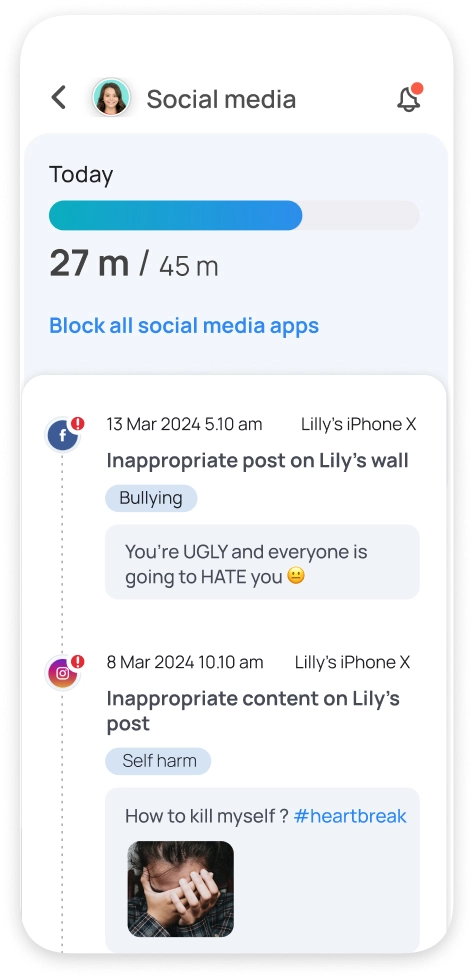
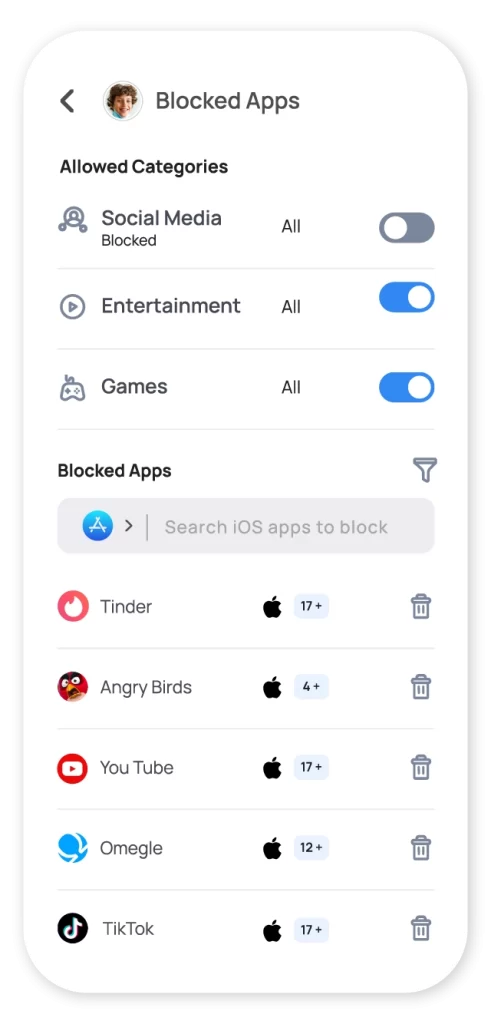
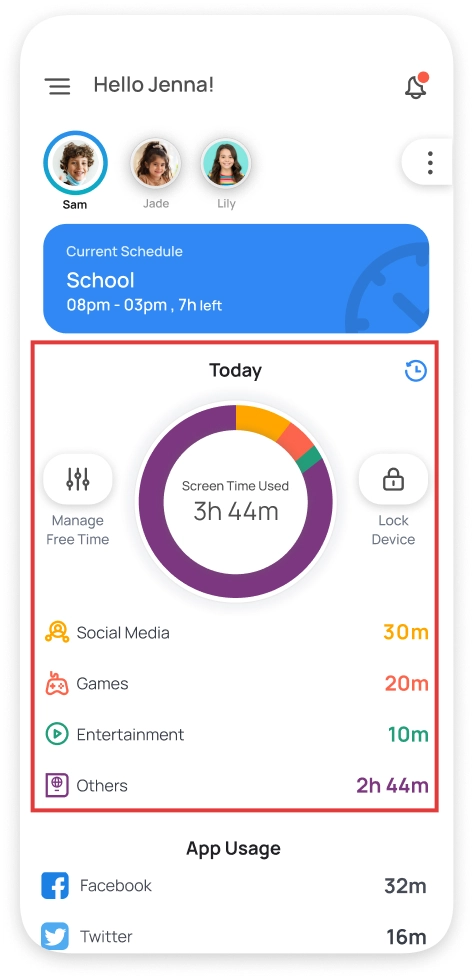
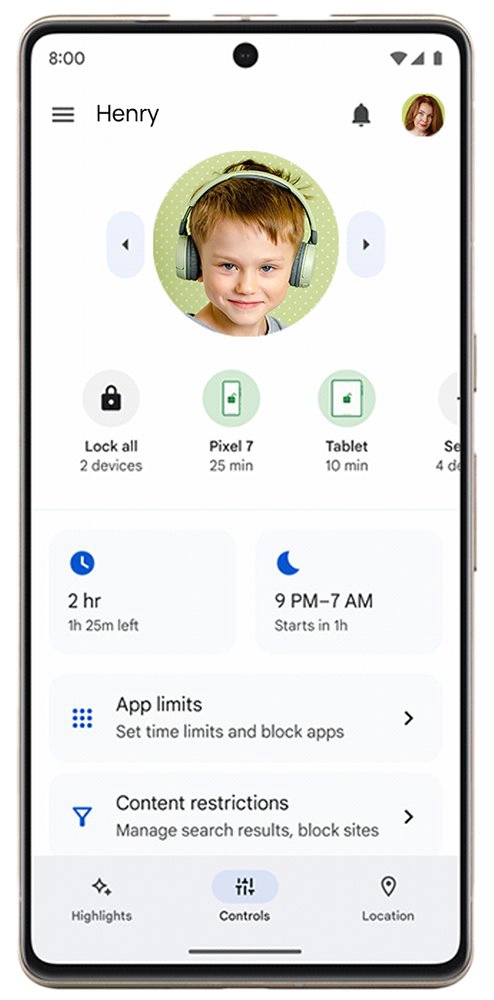
This gives kids freedom within safe boundaries and provides parents with peace of mind.
Stay Involved
Supervision doesn’t mean hovering; it means staying aware and engaged:
- Review app downloads and periodically check which apps are being used
- Look at privacy settings to make sure profiles aren’t public
- Monitor browser history and device activity
- Keep devices in common areas whenever possible
- Encourage kids to tell you about new websites or apps they want to try
Staying involved sends a clear message: you’re interested, you care, and you’re present.
Encourage Safe Digital Activities
Kids often turn to anonymous chat apps because they’re bored or looking for a connection. Offer healthier alternatives:
- Creative apps like drawing, animation, or video editing tools
- Educational platforms such as coding apps or language-learning clubs
- Community spaces like moderated gaming servers or school-based online groups
- Family-friendly games or online projects you can do together
When kids feel supported and engaged in meaningful online activities, they’re less likely to seek out risky digital spaces.
Safe Alternatives for Social Interaction
Kids still want connection, and there are safe ways to provide it.
Online Games With Controls
Both allow social interaction, but chats can be restricted and monitored.
Educational or Creativity-Based Platforms
- Duolingo Clubs
- Kahoot!
These encourage learning and sharing interests in safe environments.
Child-Friendly Video Content
- YouTube Kids
Offers curated, age-appropriate videos without risky social features
Moderated Hobby Communities
Kid-friendly groups around coding, art, reading, sports, or gaming provide connection without strangers.
Conclusion: Building Safe Digital Spaces Together
Kids’ desire to explore, socialize, and connect is completely natural. But anonymous chat platforms expose them to dangerous situations they aren’t equipped to handle. By understanding the alternatives to Omegle, staying engaged, and using protective tools like Mobicip, parents can help their children enjoy the online world safely and confidently.
With the right guidance, kids can learn to connect consciously, creatively, and securely.

